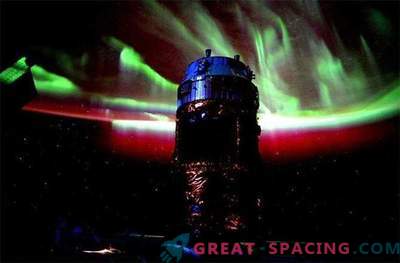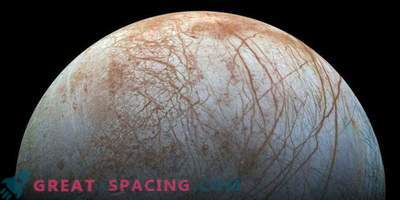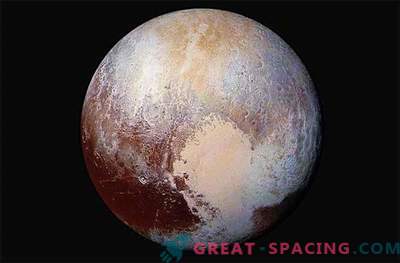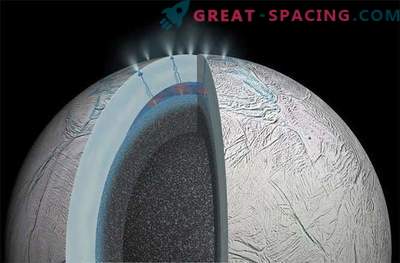
The first signs that the satellite of Jupiter, Ganymede, which is the largest satellite in the solar system, has an underground ocean, also captured the Hubble Space Telescope.
Scientists have made a couple of seven-hour ultraviolet observations of Ganymede in order to capture a bright luminous glow. The satellite, which is larger in size than Mercury, is known to have a magnetic field. This discovery was made by NASA’s Galileo spacecraft, now ceased to exist. The satellite is also located in the much stronger magnetic field of the parent planet.
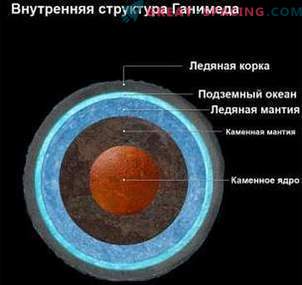
Thanks to Hubble, scientists were able to observe a bright glow in the middle latitudes of Ganymede. It seemed that another magnetic force was resisting the influence of Jupiter.
“Computer models have calculated only one option: Ganymede has an underground mineral ocean. The other 100 proposed options were excluded, ”said lead researcher Joachim Saur, from the University of Cologne in Germany, who suggested using Hubble to study Ganymede. For the first time in history, the Hubble telescope was used to study the inside of the planet.
“This is amazing,” Jim Green, a planetary director of NASA’s science department, told reporters on Thursday.
Without the ocean, Ganymede's aurora would be offset by 6 degrees due to Jupiter’s magnetic attraction. Instead, it is offset by only 2 degrees.
Thanks to this discovery, scientists have found that the ocean is 60 miles thick (which is 10 times deeper than the Earth’s ocean) with an ice crust thickness of 95 miles.
